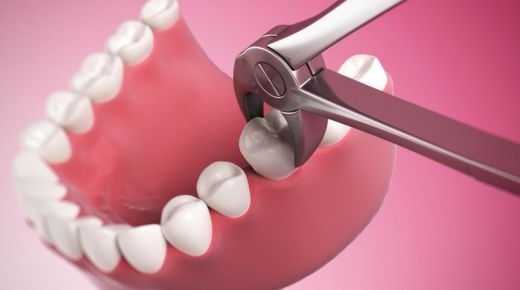Patients often fear going to a dentist. The whole idea of having tools and mirrors inside the mouth is scary. If you want to avoid dental disease, regular checkups and appointments are more than necessary. Despite care, it often happens that a patient must have a tooth removed. Tooth extraction can be extremely intimidating, but as long as you choose an experienced dentist in Rockingham, NC, you have little to worry about. In this post, let’s discuss a tooth extraction in detail.
An overview of the basics
A tooth extraction is a simple procedure where a tooth is pulled out of its socket. Dentists and dental care professionals often recommend saving natural teeth where possible, but in many cases, dental fillings, crowns, and root canal therapy fail to yield results. Some common reasons you may need a tooth extraction include a fractured or injured tooth, deep decay, an impacted tooth, crowded teeth, and extreme gum disease. A tooth extraction can be performed by a dentist, periodontist, or oral surgeon. General dentists usually perform extractions, but complicated cases may be referred to an oral surgeon.
Before the procedure
Your dentist will first check whether there is any way to save the infected or injured tooth. They will take dental X-rays to find the extent of damage and the structure of the tooth. If you are taking any medications or have conditions like heart disease or diabetes, let the dentist know. You will get some form of anesthesia or sedation before a tooth extraction. Options include –
- Laughing gas: You may consider inhaling nitrous oxide, which offers light sedation. You will inhale the gas through a mask.
- Oral sedation: This kind of sedation involves a pill, which is usually taken orally an hour before the extraction procedure. Many dentists recommend a blend of oral sedation and laughing gas, depending on the needs of the patient.
- IV sedation: If you have extreme dental anxiety, you may benefit from intravenous (IV) sedation. The sedative and pain medicine will be delivered into the bloodstream through IV.
Many dentists may just recommend local anesthesia, which is injected into the gums, or a mix of the options. A lot depends on the patient and the complications of the case.
What happens during a tooth extraction?
Once the dentist has injected the local anesthesia in the surrounding gums, they will wait for the effects to set in. They will then loosen the tooth using special instruments and lift it from the socket. If the tooth’s location is complex or when the decay is bad, dentists may make incisions in the gums to access the tooth. Using a pair of forceps, they will then remove the tooth. The empty socket is then cleaned and disinfected, and the dentist will place a gauge/cotton to stop the bleeding.
Are there any risks of a tooth extraction?
With any kind of surgery, there are minor risks associated with a tooth extraction, too. The most common one is an infection in the socket or gums. Some patients may also experience a dry socket; severe side effects include nerve injury. Most patients can return to their usual routine within two to three days. You have to adhere to a special diet, especially soft foods until the surgery site heals. The jawbone may take many weeks to heal entirely. Once the site is strong, your dentist will discuss the options you can consider to replace the missing tooth, such as dentures, dental bridges, and implants.
When you meet your dentist in Rockingham, make sure to ask relevant questions about the procedure along with ways to get replacement teeth.




